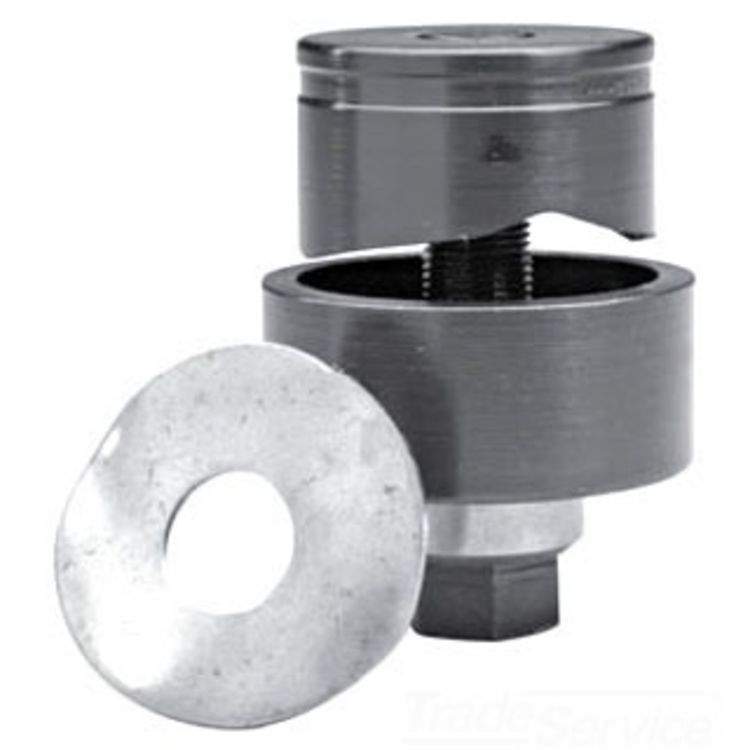Which do you have? This is not critical... just be careful you don't screw up and make the hole bigger than you want.
My file comment is half joking. When I was a young puke, still in HS, my summer job between junior and senior (11th and 12th grade) years, was working in a machine shop... Since I was technically underage, and too young to operate machinery, I started out on bottom of the barrel jobs (believe me) but by the end of that first summer I was working on the real machines.
Then I show up for senior year of HS and I take metal shop class, not to learn metal working but to gain access to the HS metal shop so I could work on various DIY projects (mini bike, etc). The first class project was to file a small square piece of metal...

I nearly got into an argument with the teacher pointing to the belt sander a few feet away that could finish that project in minutes. It started out a little awkward but we reached a better relationship when the shop teacher figured out that I had already worked in a real machine shop, and knew stuff. ;D
So use a power grinder to rough out the hole and a hand file to finish it.
To answer your specific question, my dremel has a cutting tool that looks like a little end mill that can cut thin aluminum pretty easily. The sanding drum would be more for finishing the hole to smooth the edges. Dremel also has grinding wheels but they clog pretty easily on soft metal.
JR



